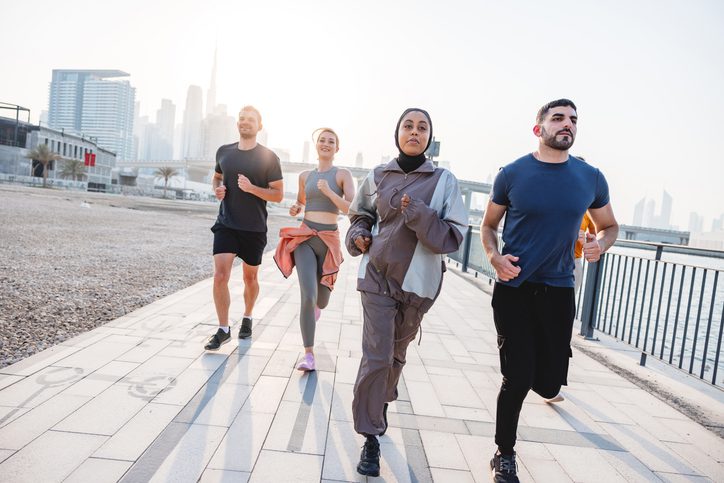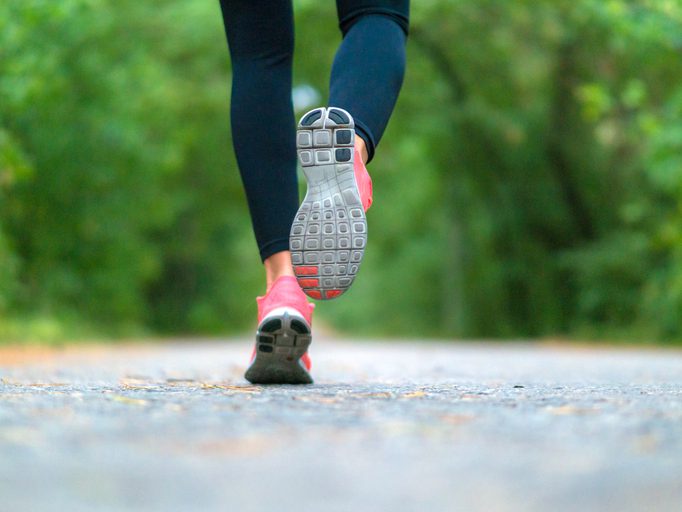If you’re a runnerIf you believe that how you move is solely determined by biomechanics – how your bones and muscles are structured – you are wrong.
However, a recent research from France indicates there could be another important factor at work.
Your personality.
Researchers at the Voloden SportLab observed 80 runners who all underwent the well-known, albeit not scientifically-proven, Myers-Brigg Type Indicator (MBTI) test.
This test evaluates four specific characteristics and then categorizes people into one of two groups, creating 16 different personality types. The characteristics are extroversion/introversion, sensing/intuition, thinking/feeling, and judging/perceiving.
For instance, a person might be ‘ISFP’ – introverted, sensing, thinking and perceiving.
In addition to taking the test, the runners completed three 50m running trials at different speeds to assess how they ran, examining factors such as the duration their foot touched the ground, the time spent in the air, and leg stiffness.
When considering personality in conjunction with running style, the team discovered an intriguing correlation.
Individuals identified as ‘sensing’ exhibited a more grounded running style, with longer contact with the ground during each step and less time in the air.
Those categorized as ‘intuitive’ displayed a more dynamic and elastic running style.
In a publication in the journal PLOS One, the authors stated: ‘These findings suggest that runners with sensing and intuition personality traits differ in their ability to use their lower limb structures as springs.
‘Intuition runners seemed to depend more on the stretch-shortening cycle to energetically optimize their running style, while sensing runners seemed to enhance running efficiency by promoting more forward movement than vertical oscillations.’
In simpler terms, intuition runners have a bouncier step, while sensing runners have a longer, flatter stride.
However, this does not imply that how you are physically built has no impact on how you move – or that you cannot adjust your stride to enhance speed or reduce the risk of injury.
Having said that, the authors included: ‘This study underscores the fascinating interplay between individuals’ personality traits and their preferred movement patterns.’












